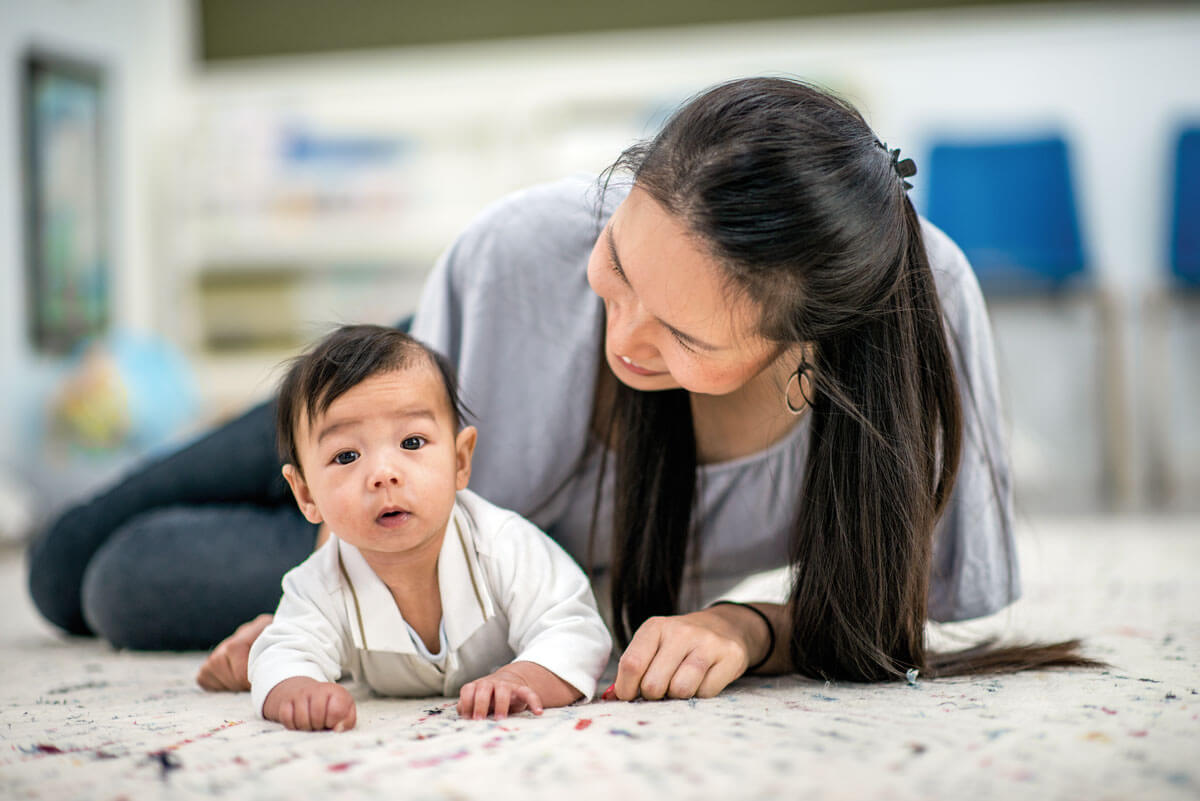Is your baby too small? Does he not eat enough?
- Home
- Ellyn Satter
- Newborn / Infant
- Frequently Asked Questions
- Is your baby too small? Does he not eat enough?


Why do you think your baby doesn’t eat enough?
Why do you think he is too small?
What does his growth chart say?
Does his weight follow close to the same line?

Be careful not to get pushy feeding your baby. It makes him feel bad about eating, and he will eat less. Instead, feed in the best way so he can feel good about eating. He will eat as much as he needs to grow in the way that is right for him—small or big, short or tall, slim or chubby.
Feed him in the best way. Feed when he wants to eat, as much as he wants.
Don’t go by a schedule for feeding. Don’t try to feed him a certain amount.
Find out what he wants when he fusses. Pick him up, talk with him, change his diaper, give him something to look at.
Look and talk. Be easy-going while you feed.
Don’t ignore him. Don’t talk too much. Don’t be pushy.
Let him rest and look away. Wait. When he looks back, again offer food.
Keep your nerve; let him grow his way.
Don’t try to get him to be smaller than is natural for him.
If you have trouble feeding in the best way and trusting your baby to grow well, ask for help from a dietitian or another health worker who understands feeding.
© Ellyn Satter
HAND EXPRESSION
How it works
Use your hand to gently massage and compress your breast to remove milk.
What’s Involved
Average Cost
Free
Side-Lying Hold
This hold is useful when:
Cross-Cradle Hold
This hold is useful when:
Clutch or “Football” Hold
This hold is useful when:
Cradle Hold
This hold is useful when:
Laid-Back Hold
This hold is useful when: